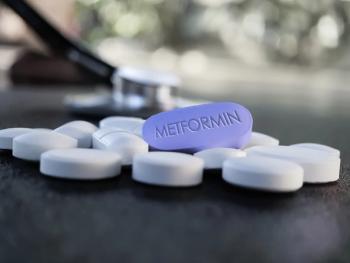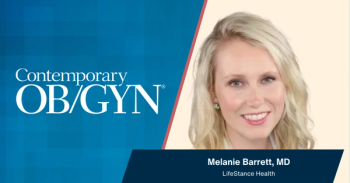
History of fast labor may preclude elective induction
Women who undergo elective induction of labor for a history of fast labor continue the trend of delivering in about half the time of other women, but the benefit of induction is small, a study from the Summa Health System reports.
Women who undergo elective induction of labor for a history of fast labor continue the trend of delivering in about half the time of other women, but the benefit of induction is small, a study from the Summa Health System reports.
Elective induction of labor is supported by the American College of Obstetricians and Gynecologists for psychosocial reasons and for women who have a history of fast labor and live more than 30 minutes from a hospital. However, researchers at Summa Akron (Ohio) City Hospital set out to determine whether "fast labor" was, in fact, faster than normal labor and whether elective induction in women with a history of fast labor follows the pattern of swift delivery.
Using data from the electronic health records of all nulliparas undergoing elective delivery at the hospital between January 2005 through June 2011, the authors compared total induction time, time in latent labor, and total time from dilation to delivery of 479 women with 801 previous deliveries: 150 induced because of a history of fast labor and 651 induced for psychosocial reasons (controls).
Although the data confirmed that fast labor was about half the duration of normal labor, the benefit of elective induction in women with a history of fast labor appears limited, and may not be worth the expense or risks associated with it, the authors concluded.
Melrose, EL, Kenny TH, Fenton BW. Induction of labor in women with a history of fast labor. Poster presented at: 60th Annual Clinical Meeting of the American Congress of Obstetricians and Gynecologists; May 6-9, 2012; San Diego, California.
Newsletter
Get the latest clinical updates, case studies, and expert commentary in obstetric and gynecologic care. Sign up now to stay informed.










